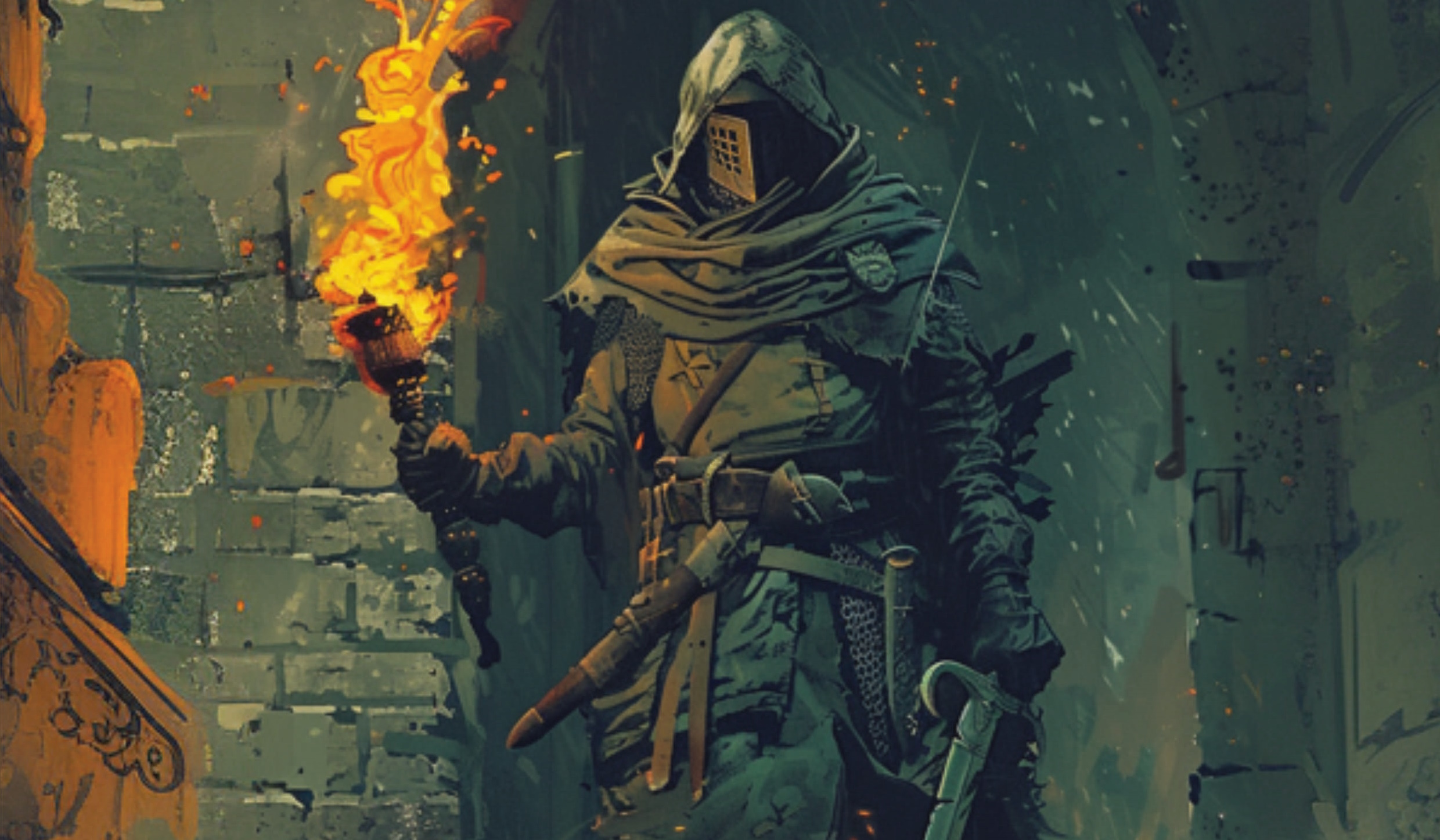Mobs and Brutes
Two games I have looked at recently have had a very similar concept. 7th Sea uses Brutes as the low level treat. Up to six brutes can be treated as a single entity as regards attacks and if you hit a gang of brutes then the damage spills over to the next. In effect you could kill or incapacitate many brutes with a single attack.
Conan uses a similar mechanic for Mobs. Minor foes can be bound together into a mob and when you attack the mob damage also cascades from one member to another enabling you to take out many mob members in a single attack.
Both of these games are very much in the pulp literature or cinematic genre. Imagine the hero dropping into a guard room. She flicks a switch, killing the lights. What follows is a few muffled thumps, grunts and groans. The lights come back on and the guards are sprawled across the floor. Our hero glances at herself in the mirror, dabs at a point of her makeup and strides off further into the villain’s lair.
In Conan these low level, no real threat, encounters are used “to build Momentum for use later in the adventure.” to quote Pit of Kutallu.
On the other hand, if these encounters are no real threat then why bother running them? If the adventure requires a typical 5 or six points of momentum for survive the big fight over the monster’s pit then why not just give the party the 5 or 6 points of momentum? If the encounter is no threat then is this not dice rolling for the sake of dice rolling? The one sided inconsequential combat is something that is taking place instead of role playing or the excitement of the adventure?
If the brutes and mobs are being used for flavour and cinematic effect then do they even need stats? Rather than creating a gang of brutes just to have them knocked down why not either have them as a ‘power’ of the actual villain, almost like a D&D monster may have a Bite, claw, claw attack pattern so the villain comes with these semi-autonomous appendages that can rush at the PCs and cause a distraction or whatever. If the fight needs to happen for narrative reasons, such as to raise an alarm or to cross a Rubicon; do the players fight or flee? Do they kill or not? Then at that point it makes sense to have the fight. If the fight is purely to use up bullets or arrows or build up momentum then why slow the game down to combat time just to do some resource management?
I am not criticising the concept. I am genuinely interested. I love the idea of 7th Sea and would play it at the drop of a hat if I had a GM or would run it if I had the players. I even suggested to my Rolemaster players the idea of two tier critical tables. I would strip out the instant death criticals and replace them with knockouts or other incapacitating injuries that the minor monsters do to them. An incapacitated PC left behind adds to the story and necessitates a rescue. A dead PC holds everything up while we go through character creation and then finding a coherent way of getting the new character into the party. That is all hassle. The players would still know that the main bosses were still firing on all cylinders and just as dangerous as they were. My players bulked at the idea. It felt like cheating. I suggested the same thing to the wider Rolemaster community and they thought that without the threat of death then the combat would have no meaning.
You can see that I am somewhere in the middle ground on this. I know many GMs would rather fix a dice roll to keep players alive or games that have the concept of Fate points that allow the character to get out of jail free or dodge the bullet. Is it better to kind of know that the GM isn’t going to kill you as long as no one says it out loud? It is OK to know you would have died but you had to use your Fate point to save yourself? But it is not OK to know the game is fixed in your favour? That you are supposed to win? Surely that is the whole point of being the hero? Is it that playing with a stacked deck is not heroic?
Maybe the point of the brutes and mobs is that the players do not know when they rush the guards if they are facing a gang of brutes or a genuine lieutenant or a named villain, not until the first blow is struck?



4 comments